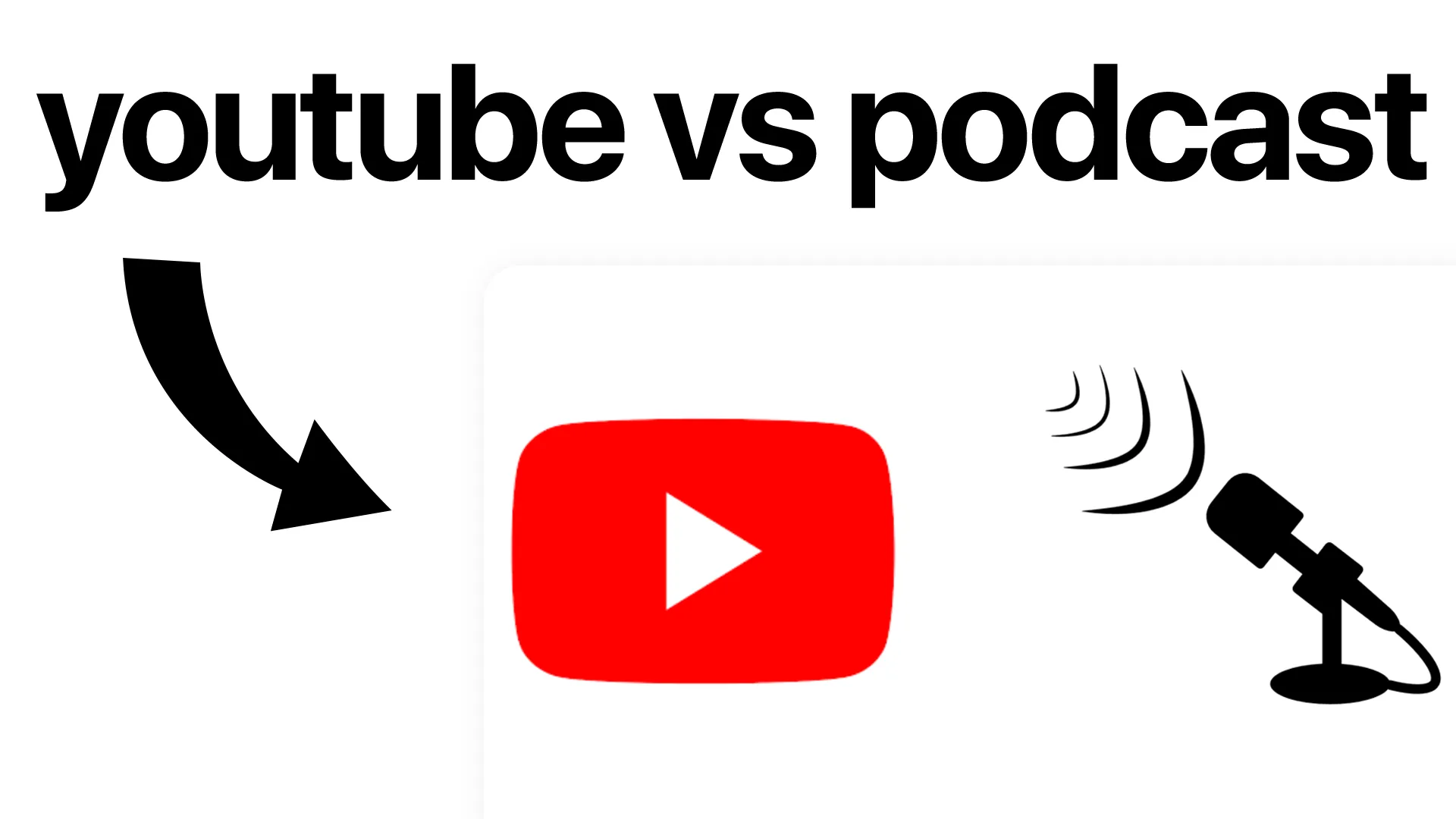Content creation has never been more exciting, and two of the most popular ways to share your ideas are podcasting and YouTube. But what really separates a podcaster from a YouTuber? Is it just about using audio vs. video, or is there more to it? Whether you're considering starting your own show or just curious about how each platform works, here's a simple breakdown of what makes these two types of creators unique.
The Basics: Podcasting vs. YouTube
- Podcasters create audio content—like talk shows, interviews, and storytelling—that you can listen to on-the-go, whether you're commuting or working out.
- YouTubers create videos—anything from vlogs and tutorials to reviews and entertainment—meant to be watched and listened to.
While there's overlap, each format has its own set of strengths and challenges. Let's dig deeper.
Main Differences Between Podcasters and YouTubers
| Feature | Podcaster | YouTuber |
|---|---|---|
| Primary Medium | Audio | Video (with audio) |
| Where People Listen/Watch | Spotify, Apple Podcasts, Google Podcasts, etc. | YouTube website/app, Smart TVs |
| Content Style | Conversational, long-form, storytelling | Visual, dynamic, edited (short or long-form) |
| Engagement | Less direct (mainly via social media or email) | Highly interactive (comments, likes, live chat) |
| Discoverability | Through directories & word of mouth | YouTube search, recommendations, trends |
| Monetization | Sponsorships, listener donations, ads | Ad revenue, sponsorships, memberships, merch, super chats |
| Production | Can be audio-only, often simpler setup | Requires camera, lighting, editing, visuals |
Engagement: How Fans Interact
- Podcasters often connect with their audience through social media, email newsletters, or special Q&A episodes. Feedback is less instant and usually requires listeners to take an extra step.
- YouTubers can interact instantly with viewers through comments, likes, and live streams. The platform encourages ongoing engagement with every video.
Monetization: How Each Makes Money
- Podcasters make money mainly through sponsorships, listener support (Patreon, Buy Me a Coffee), and sometimes ad networks.
- YouTubers have more built-in monetization tools: AdSense, channel memberships, super chats, affiliate links, sponsorships, and merch sales.
Many creators use both platforms to maximize their income and reach.
Production & Workflow
- Podcasters usually need just a good microphone, audio editing software, and a quiet room. Some podcasts are recorded live or even have video versions (vodcasts), but audio is the main event.
- YouTubers need video cameras, lighting, editing software, thumbnails, and sometimes scripts or storyboards. The process can be more time-consuming and technical.
Which Is Right for You?
- Choose podcasting if you love deep conversations, storytelling, and want content that fits into your audience's busy life.
- Choose YouTube if you want to showcase visuals, demonstrations, or enjoy connecting with your audience in real-time.
- Some creators do both! Repurpose podcast audio as YouTube videos, or create video podcasts (vodcasts) to grow on both platforms.
FAQ: Podcaster vs. YouTuber
Can a podcaster also be a YouTuber?
Absolutely! Many creators record their podcast and upload the video version to YouTube to reach more people.
Which is easier: podcasting or YouTube?
Podcasting usually has a simpler setup, but both require planning and editing. YouTube adds a visual layer, which can mean more equipment and time.
Who earns more: podcasters or YouTubers?
It depends on the audience size and monetization methods. YouTubers have more built-in options, but successful podcasters with loyal listeners can also earn a great income.
Can you make money on both platforms?
Yes! Many creators monetize podcasts with sponsorships and YouTube with ads and channel memberships—sometimes using the same audience.
Do you need special equipment to start either one?
You'll need a good mic for podcasting, and for YouTube, a camera and lighting help a lot. Start simple and upgrade as you grow!
